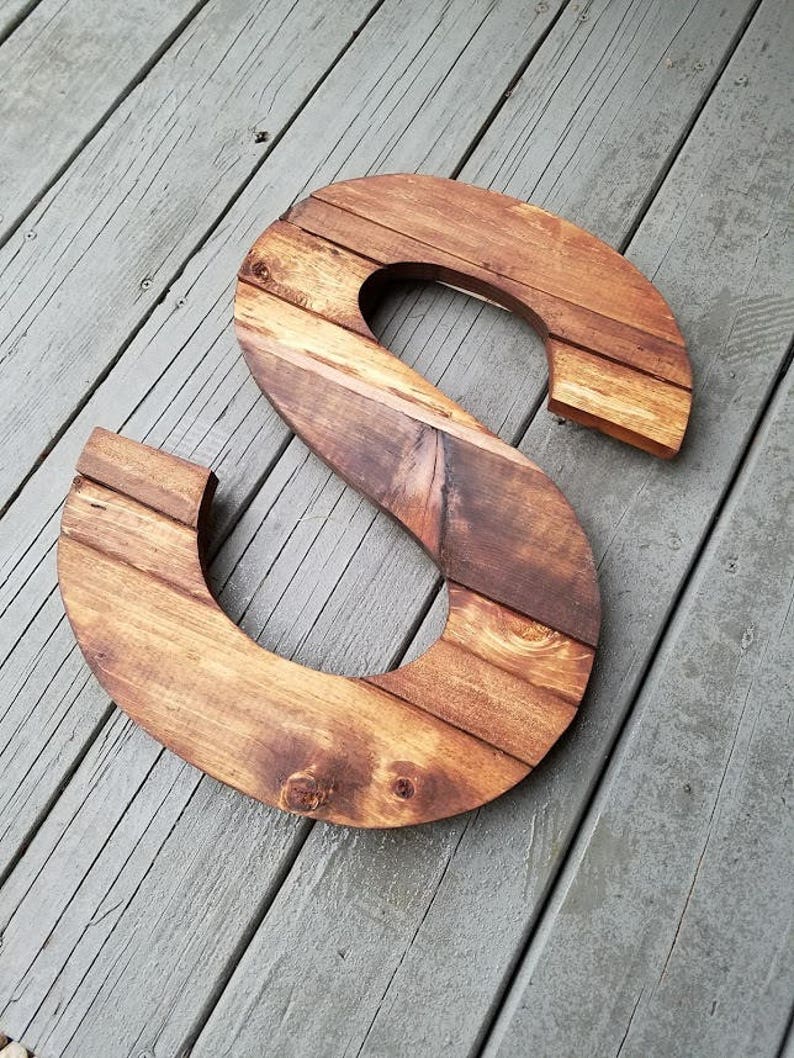

without serif) designs appeared relatively recently in the history of type design. (Most faces do not offer both as this is an artistic choice by the font designer about how the slanted form should look.)Sans serif typefacesThe sans-serif Helvetica typefaceMain article: Sans serifSans serif (lit. Almost all serif faces have italic forms some sans-serif faces have oblique designs. Italic and oblique fonts are similar (indeed, oblique fonts are often simply called italics) but there is strictly a difference: italic applies to fonts where the letter forms are redesigned, not just slanted. The earliest slab serif font, Antique, later renamed Egyptian, was first shown in 1815 by the English typefounder Vincent Figgins.Roman, italic, and oblique are also terms used to differentiate between upright and two possible slanted forms of a typeface. Slab serif designs have particularly large serifs, and date to the early nineteenth century. Transitional fonts exhibit a marked increase in the variation of stroke weight and a more horizontal serif compared to Old Style.

Though some argument exists as to whether Transitional fonts exist as a discrete category among serif fonts, Transitional fonts lie somewhere between Old Style and Modern style typefaces. Modern fonts often exhibit a bracketed serif and a substantial difference in weight within the strokes. Serif fonts are often classified into three subcategories: Old Style, Transitional, and Didone (or Modern), representative examples of which are Garamond, Baskerville, and Bodoni respectively.Old Style typefaces are influenced by early Italian lettering design. Serif fonts are probably the most used class in printed materials, including most books, newspapers and magazines. Times Roman and Garamond are common examples of serif typefaces. The Cyrillic script comes in two varieties, Roman type and traditional Slavonic type.Roman typefacesSerif typefacesThe three traditional styles of serif typefaces used for body text: old-style, transitional and Didone, represented by Garamond, Baskerville and Didot.Serif, or Roman, typefaces are named for the features at the ends of their strokes. Typefaces may be monospaced regardless of whether they are Roman, Blackletter, or Gaelic. The use of Gaelic faces was restricted to the Irish language, though these form a unique if minority class. Historically, the first European fonts were blackletter, followed by Roman serif, then sans serif and then the other types. Roman types are in the most widespread use today, and are sub-classified as serif, sans serif, ornamental, and script types. At the highest level (in the context of Latin-script fonts), one can differentiate Roman, Blackletter, and Gaelic types. Style of typefacesList of typefacesIllustration of different font types and the names of specific specimensBecause an abundance of typefaces have been created over the centuries, they are commonly categorized according to their appearance.


 0 kommentar(er)
0 kommentar(er)
